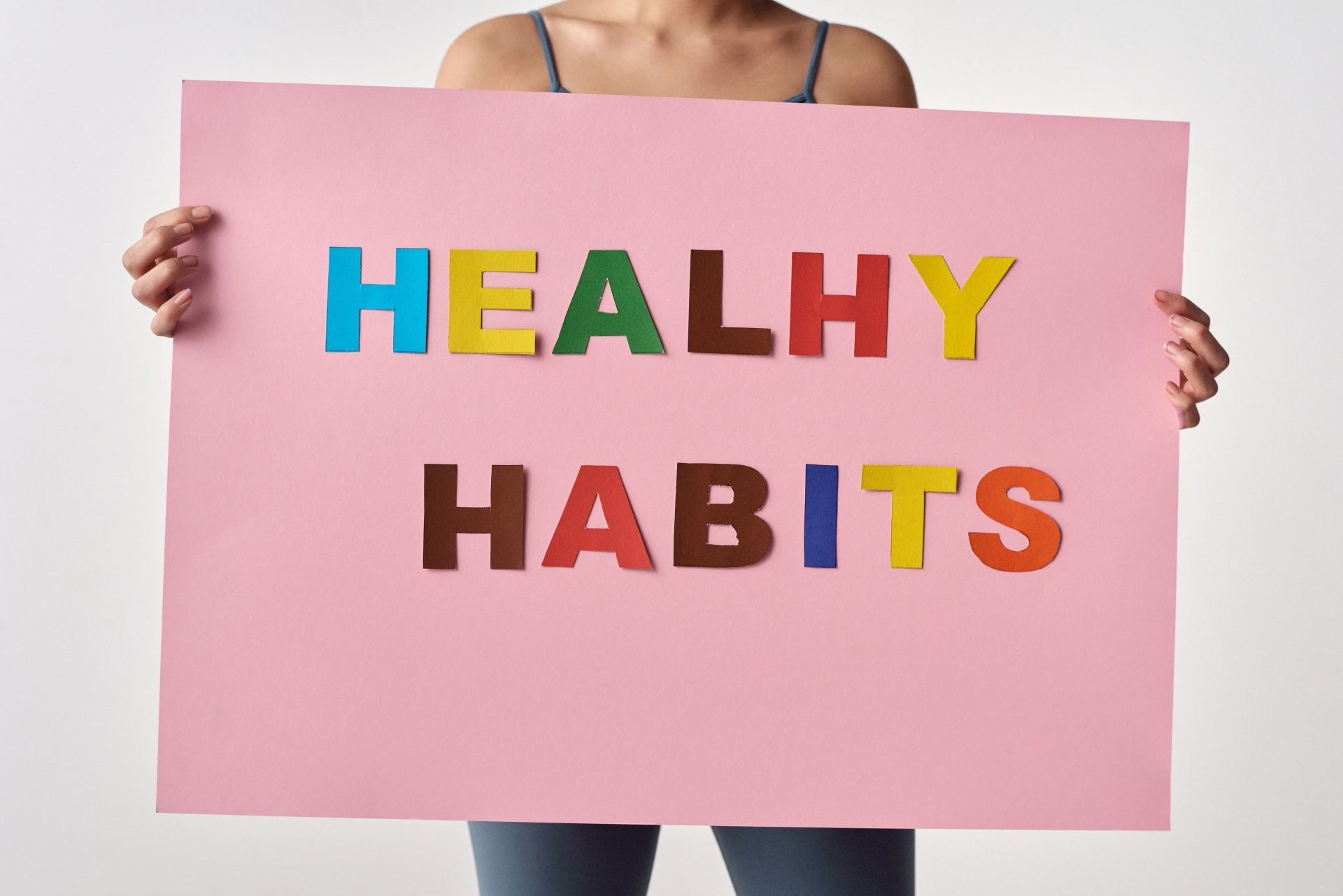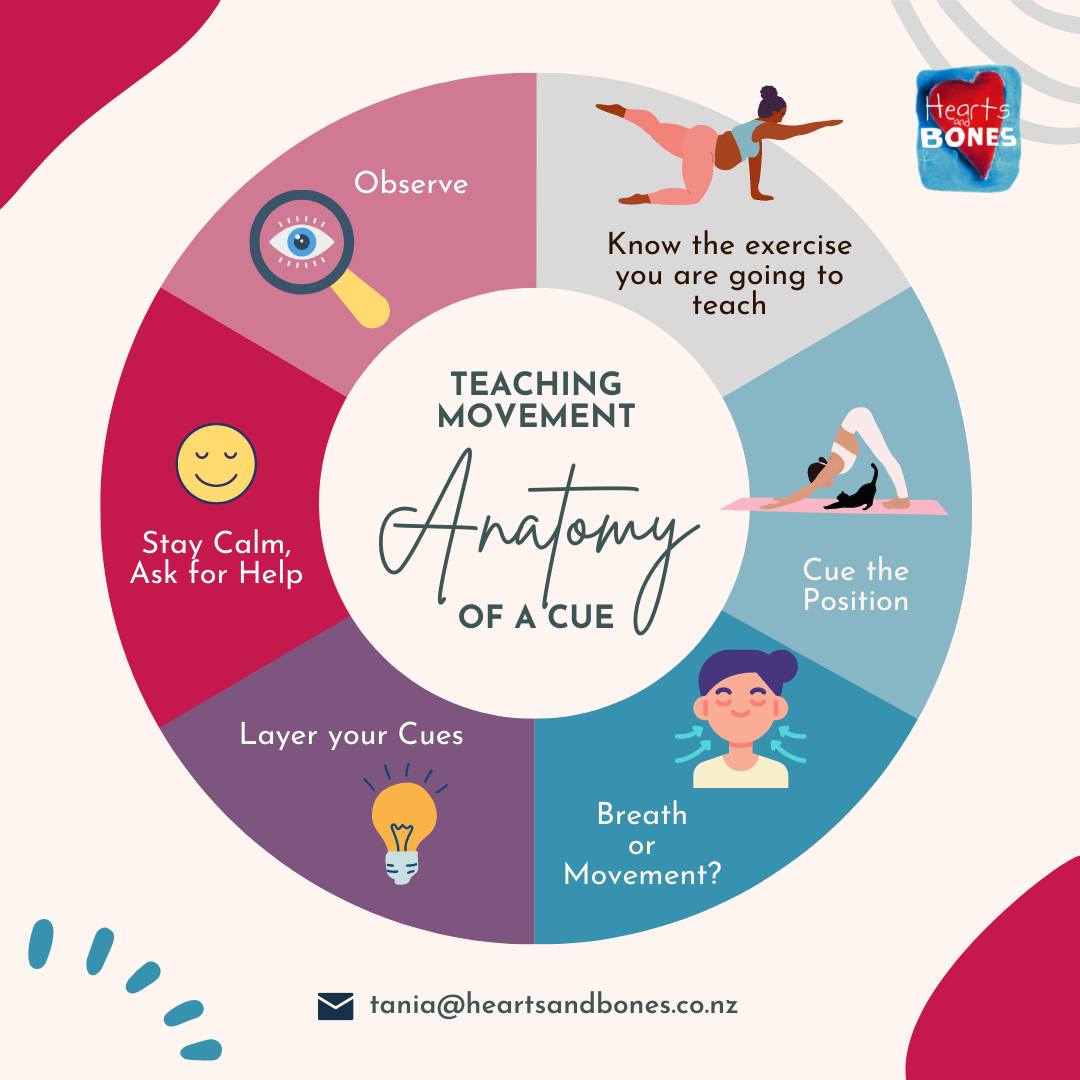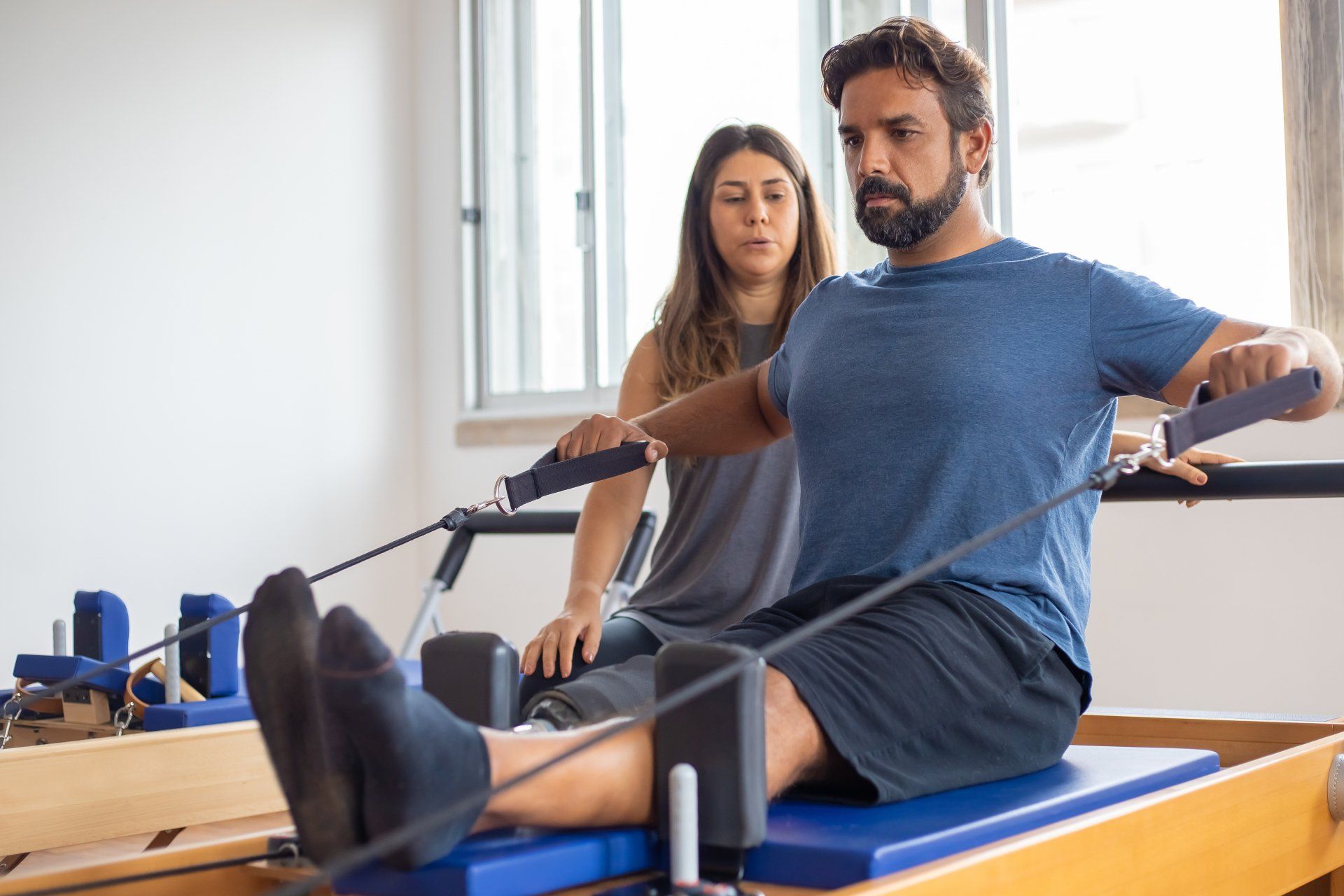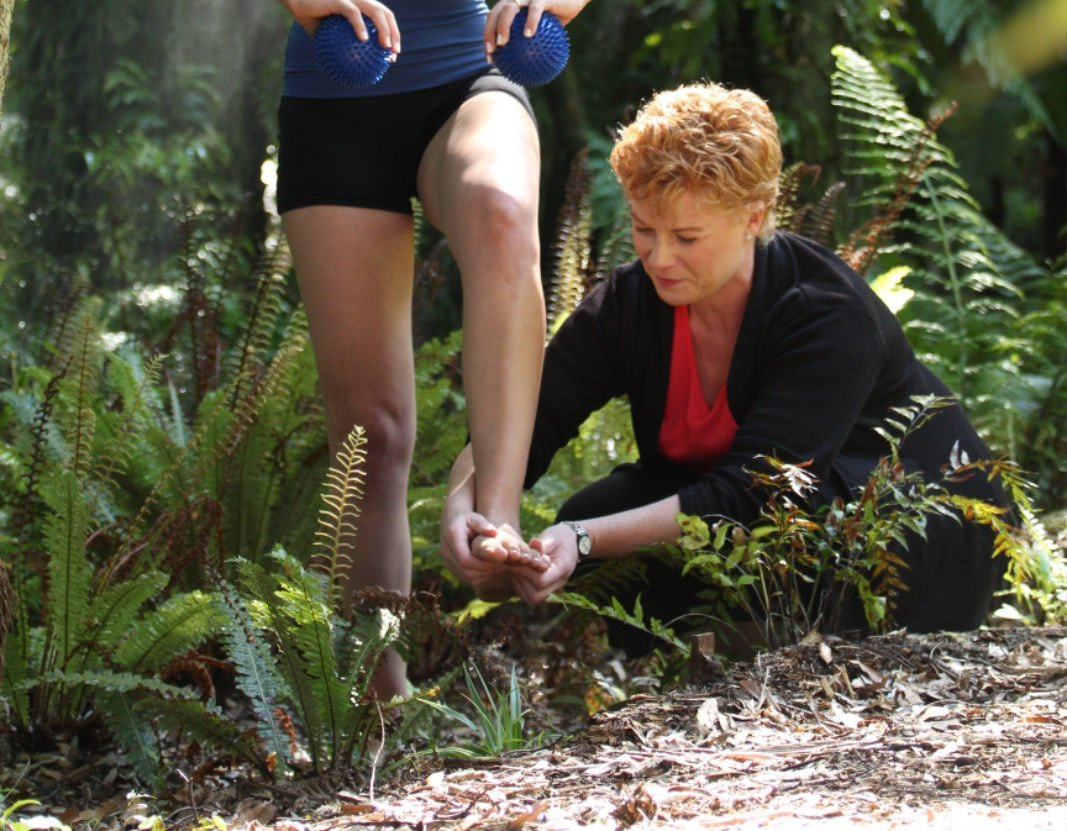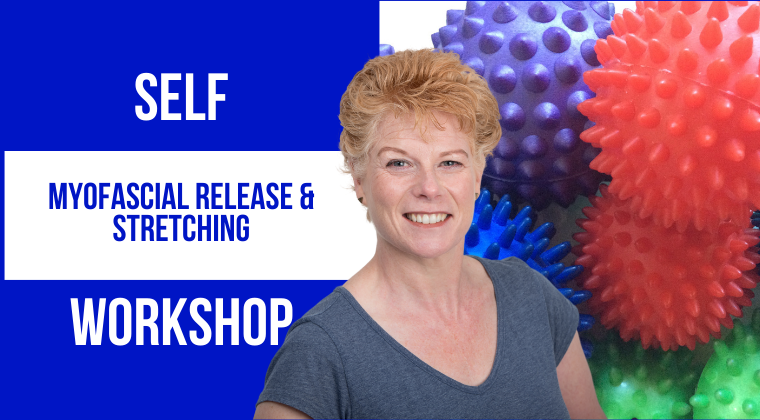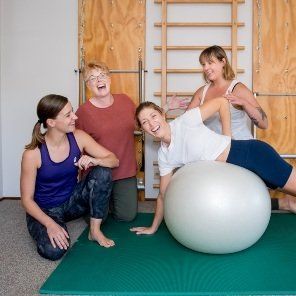Breathing well
BREATHING DEMYSTIFIED

Breathing is the process that moves air in and out of the lungs. We can survive without food and water far longer than a lack of oxygen. As we inhale, we fill the lungs with oxygen. The heart powers the flow of oxygen and carbon dioxide around the body via the circulatory system.
The lungs are delicate and protected within the rib cage. The lungs are not symmetrical. The right lung is larger and has three lobes, whilst the left lung is slightly smaller and has only two lobes, in order to make adequate space for the heart.
INHALATION
The dome-shaped diaphragm muscle sits just under the lungs and separates the ribs and pelvis. It contracts on the inhalation and moves down toward the pelvis, making room for the expanding lungs. To fully utilise the inhalation breath, we need to expand the ribs through the side and back, creating space for them to fill with air.
The downward action of the diaphragm compresses the organs. To accommodate this action, the abdominal muscles lengthen. If the abdominals are pulled in on the inhalation, it prevents the diaphragm from descending and the organs from sinking and expanding. This usually leads to a transfer of tension to the shoulders, which lift as they try to make space for the lungs to move into.
Although the abdominals expand on inhalation, they do not need to bulge outwards. Instead, coordinating the expansion of both the rib cage and the abdominal wall, so that the entire “container” enlarges, will help to make this action smaller, by spreading it over a larger area.
EXHALATION
During the exhalation phase of breathing, your abdominal muscles shorten. They assist the upward action of the diaphragm by pushing the internal organs backward toward the spine. The ribs fold back into the body and the breastbone softens toward the spine. Completing the exhalation stimulates diaphragmatic inhalation. Learning to expel the air slowly without force is calming for the body and mind.
IMPORTANCE OF BREATHING THROUGH YOUR NOSE
Always breathe in and out through your nose for the best results. Breathing out through your mouth disrupts your ability to deliver oxygen and carbon dioxide to your body tissues. Expelling too much carbon dioxide by breathing out through your mouth means you are less likely to be able to deliver the oxygen molecules where they need to go.
BREATHING AND EXERCISE
Most people mouth breathe when they exercise. This leads to over-breathing and fatigue. Become aware of when you start breathing through your mouth. Focus on breathing through your nose and only move as fast as you can maintain nasal breathing while exercising. Let your breathing dictate how fast you move. In the beginning, this will feel strange but soon you will be able to speed up and your endurance will improve. Within a month you will notice a big difference in your stamina and energy levels.
BREATHING, POSTURE AND EMOTION
Good breathing technique requires good posture and awareness of alignment. If the body is not aligned properly, it leads to ineffective breathing, increasing tension in the body. Our psychological state also affects our breathing. If we are angry or scared we tend to breathe more shallowly than if we are happy and relaxed. Our breathing is influenced by our alignment and environment. Alignment of the entire body is the key to helping us organise our bodies. This body organisation helps us move effectively without wasting energy.
LEARN TO DROP YOUR RIBS
The most common postural misalignment that inhibits the way we breathe is flaring your ribs in an effort to stand up ‘straight’. Learning to ‘drop’ your ribs is crucial to improving the way you breathe. According to biomechanist, Katy Bowman we “lift our ribcage because the muscles of our chest, shoulders and arms have adapted to desk work and minimal use.”
This means the ribs are forward to your hips. Adopting this “chest out, shoulders back” posture is a quick fix for standing up straighter, but it does little to address the real issue and leads to the diaphragm not working fully as you breathe. It may help to imagine that the very bottom of your breastbone is a light switch. “Switch” the light on by dropping your ribs slightly and moving the bottom of your ribs backward and over the bony points of your hips. If you run your hands down from the bottom of your ribcage toward your hip bones you should feel a smooth line down from your ribs to your hips.
You may feel your shoulders relax too. Make sure you do this with a gentle approach. If you feel like you have shrunk or find it harder to breathe you are doing too much. Think of this adjustment as a “sigh” in your body. Find the point of relaxed comfort.
ABOUT TANIA
Tania Huddart has been teaching Pilates for 28 years and training Pilates teachers for 21 years. She is passionate about helping people create healthy movement habits and focuses on how you can transfer what you learn with her in the Pilates studio into everyday life. Tania is also a myofascial release therapist and works from her home studio in Richmond.
If you want to know more about how to prepare your body to breathe better as you move check out my Help your body breathe better online workshop:
https://heartsandbones.thinkific.com/courses/help-your-body-breathe-better


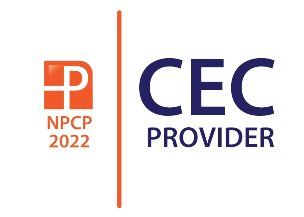
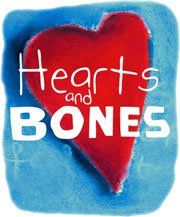
Hearts & Bones Pilates Centre. All rights reserved. Please comment to: heartsandbonespilates@gmail.com
Terms & conditions

